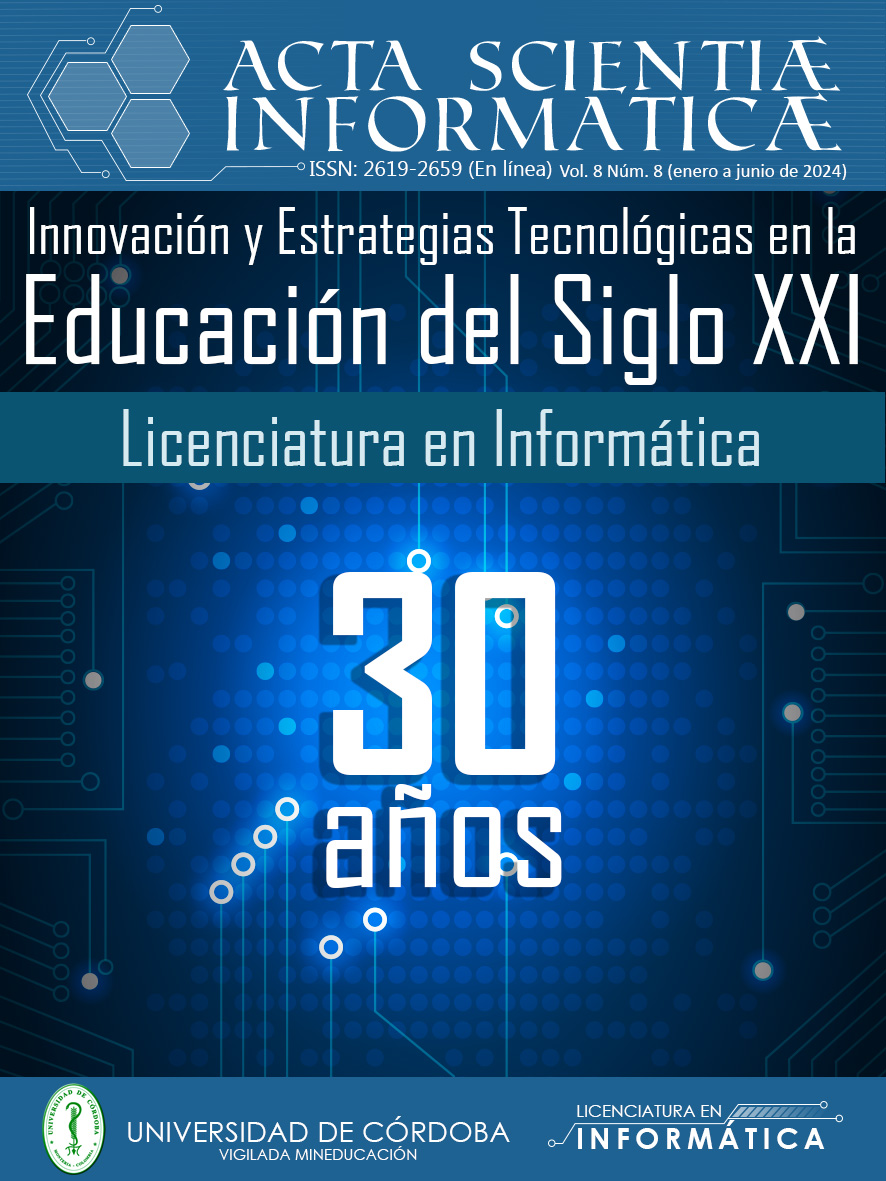TIC PARA LA INCLUSIÓN EDUCATIVA EN EL APRENDIZAJE DE MATEMÁTICAS PARA ESTUDIANTES CON LIMITACIONES VISUALES
TIC PARA LA INCLUSIÓN EDUCATIVA EN EL APRENDIZAJE DE MATEMÁTICAS PARA ESTUDIANTES CON LIMITACIONES VISUALES
Show authors biography
The present study was developed in response to the challenges experienced daily by students with visual impairment during their mathematics teaching-learning process. In this context, the research focused on designing an inclusive didactic strategy using ICT. In this framework, the design science methodology (DSRP) established the stages of the process. In the initial stage, the research problem was identified with the application of two interviews and a classroom observation, in order to establish in a second stage the basis for the development of the solution objectives. Thirdly, the didactic strategy was designed with an inclusive and technological approach, integrating tools such as GeoGebra, Educaplay, digital educational resources and 3D printing. The strategy was applied in a real educational environment, promoting the participation of students with visual limitations, allowing with the integration of ICT a more tangible and accessible representation of integers and strengthening students' understanding and engagement. The results highlight that the methodologies used have an impact on inclusive education. Emphasis is placed on ICT training and adaptation of methods to address diversity in the classroom.
Article visits 141 | PDF visits
Downloads
- Aquino, S., García. V., & Izquierdo, J. (2014). Tiflotecnología y educación a distancia: propuesta para apoyar la inclusión de estudiantes universitarios con discapacidad visual en asignaturas en línea. Apertura: Revista de Innovación Educativa, 6(1), 32–45.
- Bolaño, M. (2019). Modelo basado en el uso de las TIC para la inclusión de estudiantes con capacidades diversas. DIM: Didáctica, Innovación y Multimedia, 0(37). https://raco.cat/index.php/DIM/article/view/356941.
- Watts, C., & Lee, L. (2017). Las TIC como herramientas de inclusión educativa. In Acta Scientiae Informaticae (Vol. 1, Issue 1, pp. 92–97). https://revistas.unicordoba.edu.co/index.php/asinf/article/view/1167/1443.
- López, R., Montes, E., Vargas, I., & Giraldo, J. (2020). Estrategia metodológica para implementar las TIC como ajuste razonable en los procesos de enseñanza-aprendizaje de las personas con discapacidad visual: español. Acta ScientiÆ InformaticÆ, 4(4), 2020. Recuperado a partir de https://revistas.unicordoba.edu.co/index.php/asinf/article/view/2226 2.
- Peffers, K., Tuunanen, T., Gengler, C., Rossi, M., Hui, W., Virtanen, V., & Bragge, J. (2020.). The design science research process: a model for producing and presenting information systems research. Computer Science Research And, 24. H
- Feo, R. (2010). Orientaciones básicas para el diseño de estrategias didácticas. https://dialnet.unirioja.es/servlet/articulo?codigo=3342741.
- Castellanos, D. (2019). Estrategias pedagógicas para promover la participación educativa y social de las personas con discapacidad visual mediada por las TIC. Universidad pedagógica nacional. http://repository.pedagogica.edu.co/handle/20.500.12209/10209.
- Polanco, C. (2020). Mediación del aprendizaje de números enteros a través del uso de las Tecnologías de Información y Comunicación (TIC) con estudiantes de 7° grado de básica secundaria de la Institución Educativa José Manuel Salcedo sede Cárdenas del Bolo San Isidro de Palm. https://repositorio.unal.edu.co/handle/unal/78663


